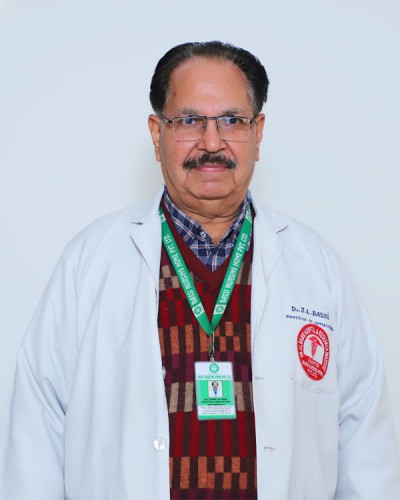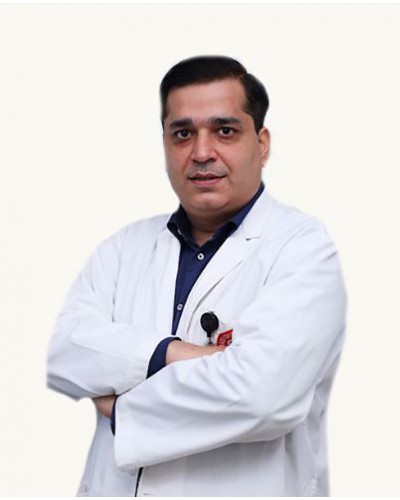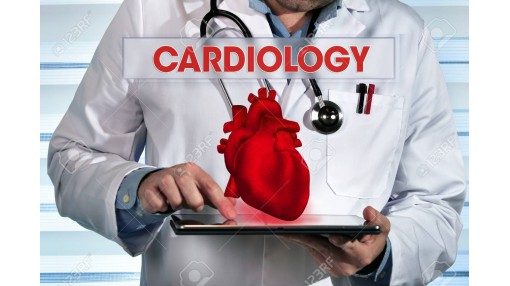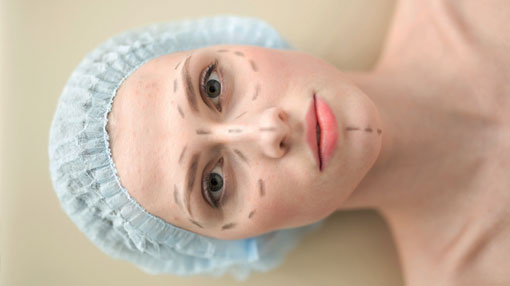What is Orthopaedic Traumatology? Orthopaedic
Traumatology refers to the orthopaedic care of patients with difficult or
complex fractures, non-unions (the failure of a fractured bone to heal
normally) and mal-unions (incomplete healing or healing in a bad position).
Orthopaedic trauma is a severe injury to part of the musculoskeletal system
such as a bone, joint or ligament. Leading causes of orthopaedic trauma include
vehicular and industrial accidents, slips, falls or sports injuries.
OUR APPROACH
People of all ages can be affected by a traumatic injury.
These injuries can be complex to treat and may involve multiple parts of the
body. Our surgeons, who are specially trained in orthopaedic trauma, can
quickly and accurately establish a diagnosis and initiate treatment to maximize
function.
In traumatic situations, decisions are made quickly.
Surgeons rely on their knowledge, training, and experience to choose the
appropriate course of treatment. When your bones do not heal as expected, you
can be assured our surgeons have experience in handling your potentially
complex and sometimes life-threatening situation.
Some of the orthopedic and sports injuries we treat
include:
- knee
pain
- Dislocations
- Joint
injuries
- Muscle
Injuries
- Fractures
of bones
- Joint
problems
- Disorder
of bones
- Congential
problems
- Bone
Tumors Orthopaedic surgeons perform numerous types of surgeries. Common
procedures include:
- Arthroscopy—a
procedure that uses special cameras and equipment to visualize, diagnose
and treat problems inside a joint.
- Fusion—a
"welding" process by which bones are fused together with bone
grafts and internal devices (such as metal rods) to heal into a single
solid bone.
- Internal
fixation—a method to hold the broken pieces of bone in proper position
with metal plates, pins or screws while the bone is healing.
- Joint
replacement (partial, total and revision)—when an arthritic or damaged
joint is removed and replaced with an artificial joint called a
prosthesis.
- Osteotomy—the
correction of bone deformity by cutting and repositioning the bone.
- Soft
tissue repair—the mending of soft tissue, such as torn tendons or
ligaments.






